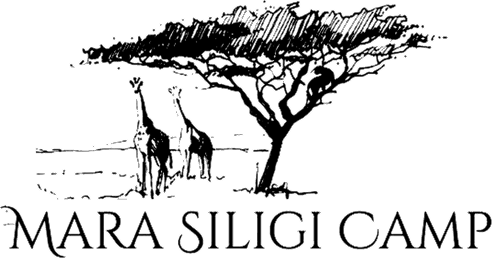Epic Frames, Endless Memories: Inside Masai Mara Photography Tour Packages
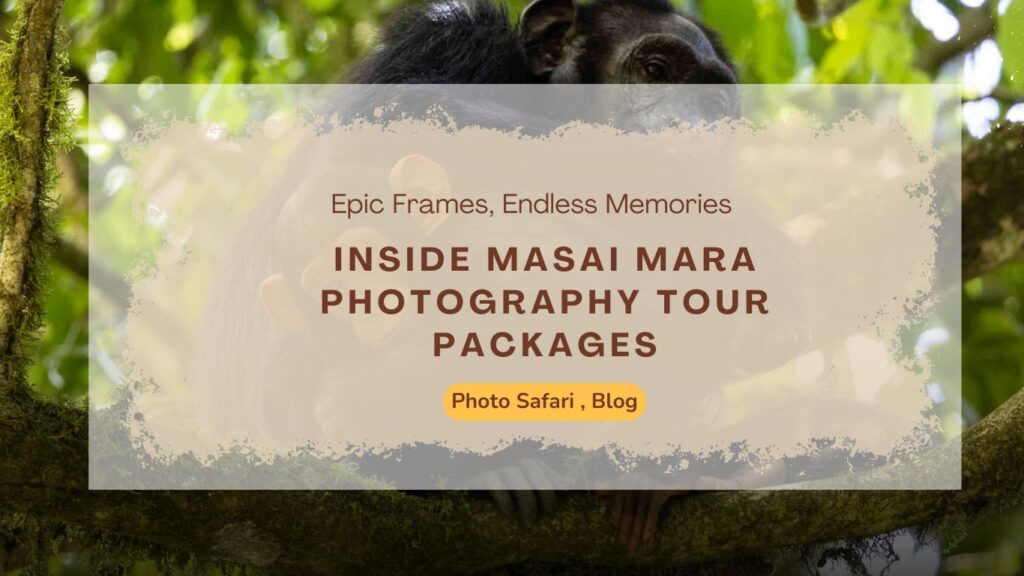
Epic Frames, Endless Memories If you’ve ever dreamed of capturing wildlife in its purest form, a Masai Mara photography tour is the ultimate adventure. Here, the vast savanna stretches endlessly, predators roam freely, and every sunrise and sunset paints the landscape in breathtaking light. At Mara Siligi Camp, we’ve designed our photography tour packages to […]
Masai Mara Photography Tour: The Poetry of Migration in Motion
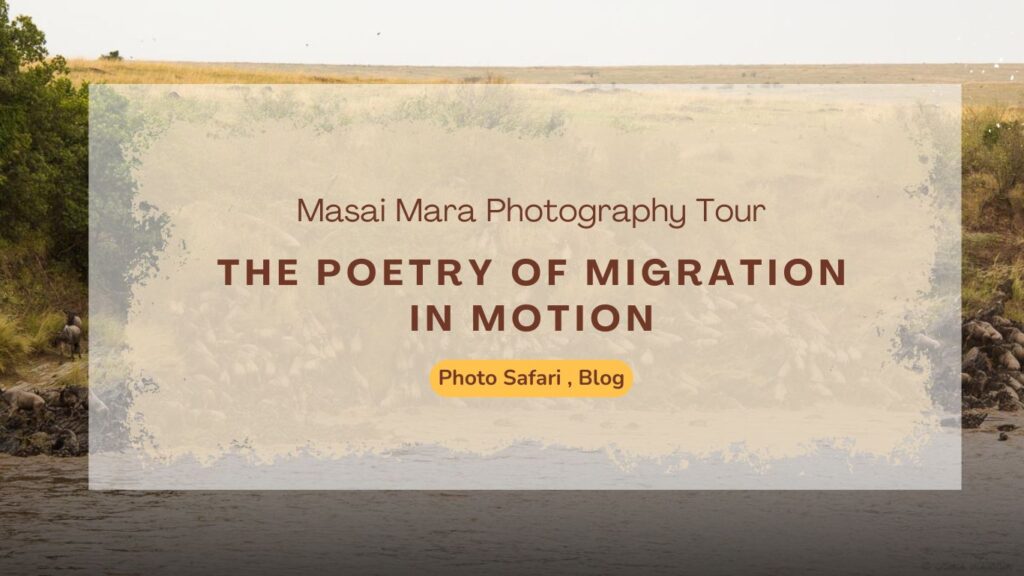
The Poetry of Migration in Motion On this journey, we’ll explore the poetry of the Great Migration and how to photograph it effectively. The Mara’s rolling plains, dramatic river crossings, and millions of wildebeest, zebras, and gazelles create a spectacle like no other. Masai Mara photography tours offer photographers the chance to witness these moments […]
The Psychology of Patience: Lessons from a Masai Mara Photography Tour
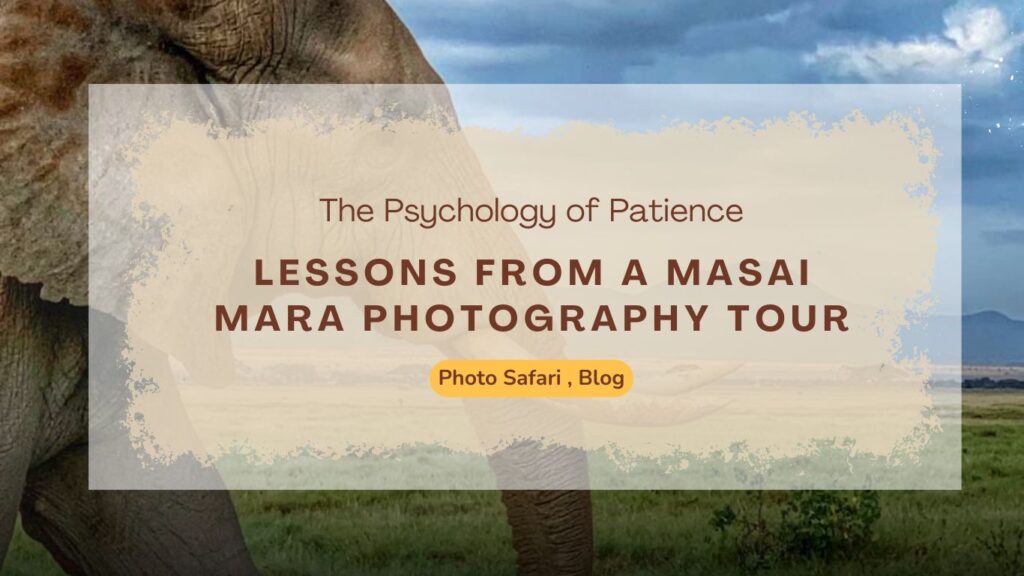
Lessons from a Masai Mara Photography Tour On this journey, we’ll explore the art of wildlife photography in the Masai Mara and why patience is essential for capturing truly remarkable images. From spotting lions lounging in the sun to cheetahs stalking across the plains, Masai Mara photography tours offer photographers the chance to observe animals […]
Masai Mara Photography Tour Packages for Solo Travelers with a Camera
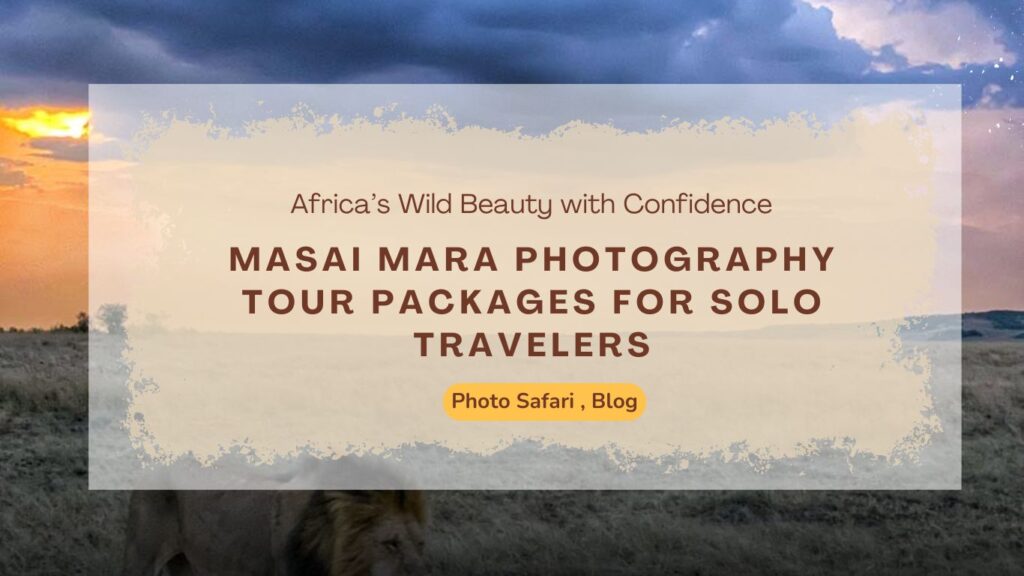
Masai Mara Photography for Solo Travelers Planning a solo adventure with your camera? The Masai Mara National Reserve is one of the best places on Earth for photographers. From the Great Migration to golden-hour lion portraits, every moment here feels like a masterpiece waiting to be captured. That’s where specialized Masai Mara photography tours come […]
Top Reasons to Book a Masai Mara Photography Tour in 2025
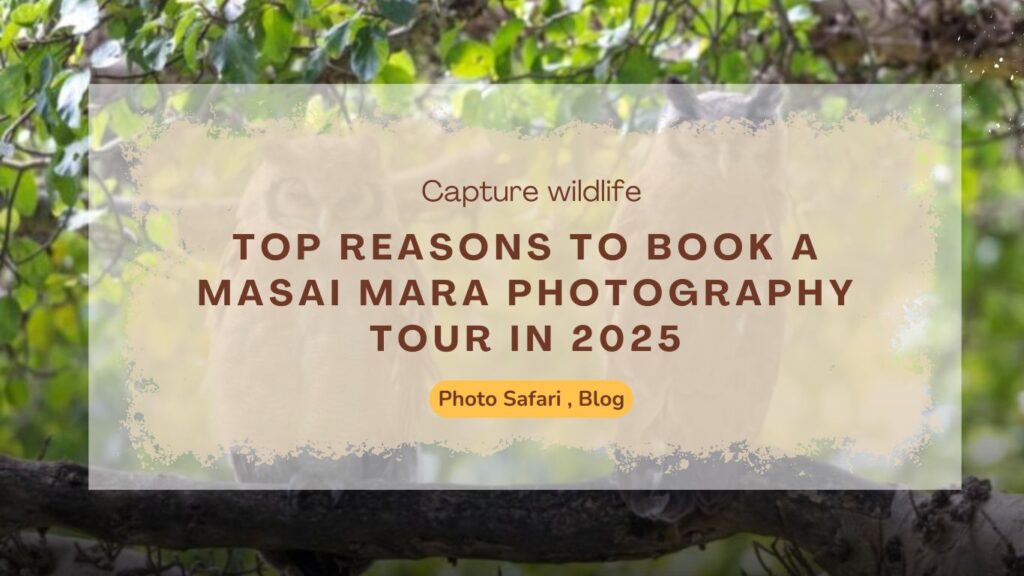
Masai Mara Photography Tour in 2025 If you’re planning a Masai Mara photography tour in 2025, you’re in for more than just a safari — you’re signing up for an adventure that challenges your creativity, patience, and eye for detail. I’ve been on countless safaris, and what sets a photography-focused tour apart is how it […]
Tailored Masai Mara Photography Tours for Every Photographer
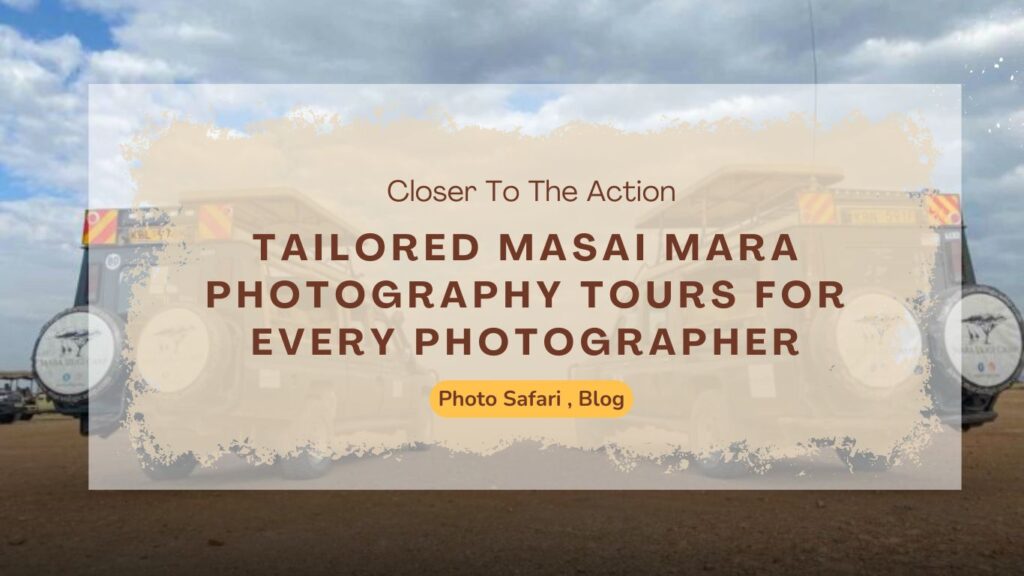
Tailored Masai Mara Photography Tours for Every Photographer There’s a reason the Masai Mara has become a dream destination for photographers worldwide. From the heart-pounding drama of the Great Migration to the quiet poetry of a giraffe silhouetted against the setting sun, the Mara is a living gallery of wild beauty. But while the landscapes […]
Booking a Guided Masai Mara Photography Tour
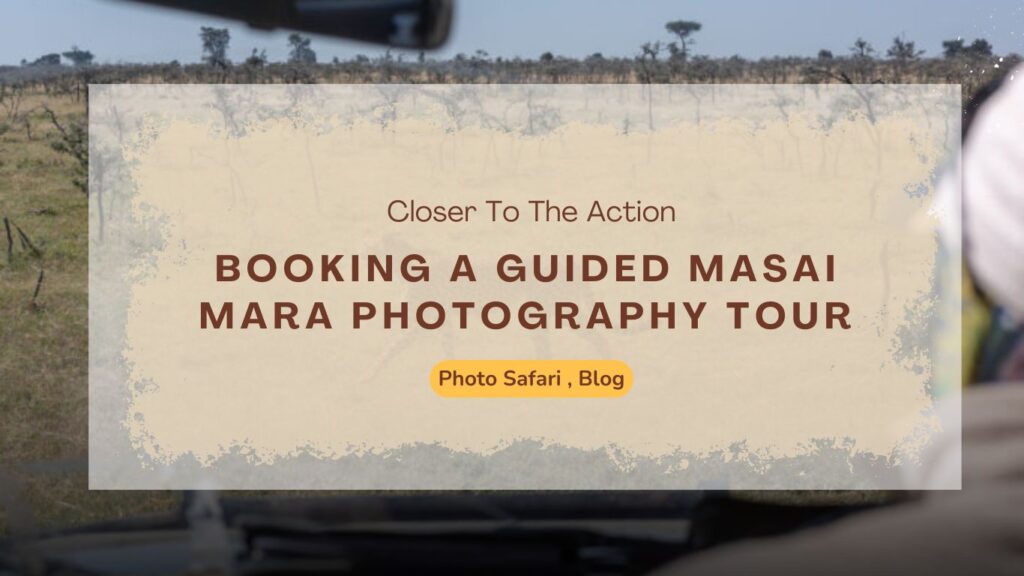
Booking a Guided Masai Mara Photography Tour There’s something timeless about a Masai Mara photography tour — the way golden light spills across the savannah, how elephants march in silhouette, and the thrill of waiting for that perfect moment when predator and prey share the same frame. For photographers, both seasoned and new, the Mara […]
How the Great Migration Transforms Masai Mara photography tour
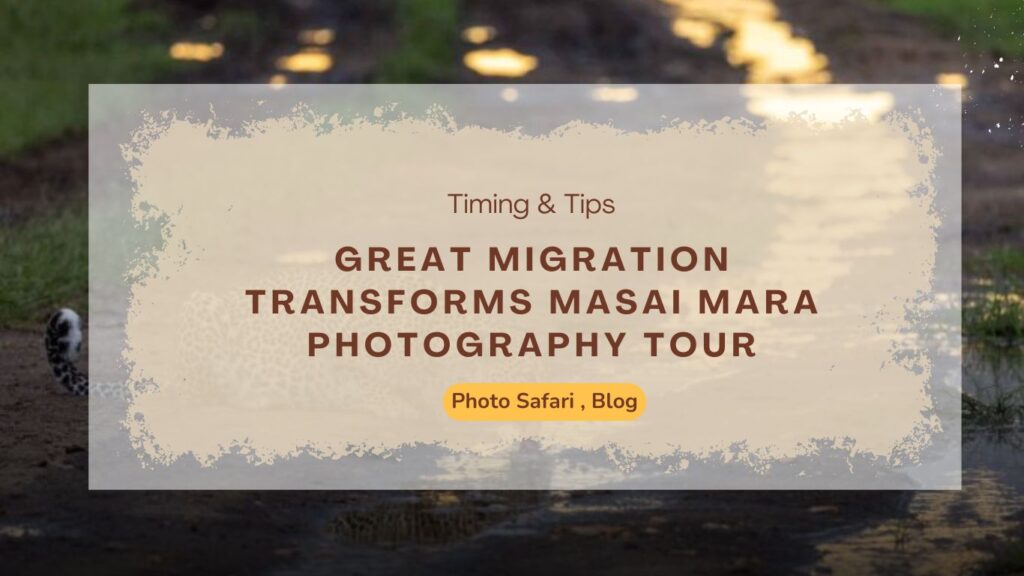
Great Migration Transforms Masai Mara photography tour When you think of African wildlife photography, one event stands above the rest — the Great Migration. Imagine over two million wildebeest, zebras, and gazelles thundering across the savannah, predators lurking in the shadows, and river crossings that test survival at every step. For any photographer — whether […]
Golden Hour in Masai Mara Photography Tour: Timing & Tips
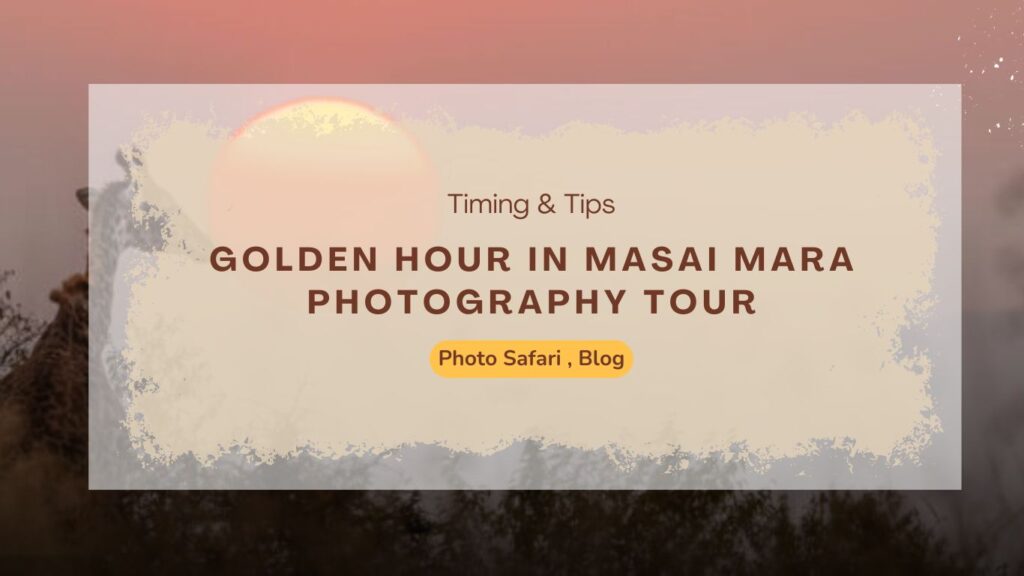
Golden Hour in Masai Mara Photography Tour There’s something magical about the first light touching the savannah or the last glow stretching across the horizon. On a Masai Mara photography tour, golden hour isn’t just a time of day—it’s when the Mara truly comes alive. At Mara Siligi Camp, we’ve seen photographers transform ordinary safari […]
Tracking Predators: Pro Tips for Capturing Big Cats on a Masai Mara Photography Tour
Pro Tips for Capturing Big Cats If you’ve ever dreamed of photographing a lion stalking its prey or a cheetah sprinting across the savannah, a Masai Mara photography tour is the ultimate adventure. At Mara Siligi Camp, we specialize in turning those dreams into stunning reality. Our Masai Mara photography tour packages are designed for […]
